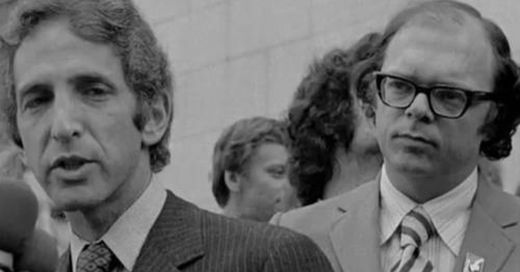
Daniel Ellsberg (left) and his less well known colleague Anthony Russo (r) were charged with theft and unauthorized possession of classified documents under the Espionage Act in 1971, but were eventually acquitted.
Rambo! In my Reagan-era youth, the name was synonymous with the Vietnam War -- at least the Vietnam War reimagined, the celluloid fantasy version of it in which a tanned, glistening, muscle-bound commando busted the handcuffs of defeat and redeemed America's honor in the jungles of Southeast Asia. Untold millions including the Gipper himself, an inveterate
Vietnam revisionist, were
enraptured.
Many years later, studying
war crimes in Vietnam, I would come across a real Rambo -- or maybe you'd call him an anti-Rambo. To the best of my knowledge, this Rambo didn't
fire a machine gun
one-handed or use
explosive-tipped arrows. But his work was a powder keg with a short fuse and his conscience a bright flame. While conducting research for a Pentagon-funded project on refugees, A. Terry Rambo turned up evidence that South Korean troops, functionally serving as America's mercenaries in Vietnam, had massacred a large number of civilians. That Rambo "presented the findings" to, he said, "a whole slew of colonels -- 10 or 12" of them. He thought the American brass would take action. Instead, a U.S. officer instructed him to leave that information out of his report. "I told [the officer] as a civilian I didn't feel myself bound by [U.S. military] orders and that I was going to submit a report on it." Rambo eventually
went public with the story.
He was far from alone.
The criminality, the madness of the Vietnam War seemed to compel many to act in similar ways even when it put them at great peril, threatened to upend their lives, sink their careers, and leave them at odds with their families. Many took to the streets; many who knew secrets spilled them; and the phenomenon spread. It became a golden age of whistleblowing:
veterans exposing U.S. atrocities, civilians
exposing FBI dirty tricks and domestic surveillance, government
officials exposing White House crimes and NSA
spying. Truth-telling seemed to be in the air. And, of course, a former Pentagon analyst and employee of the military-funded RAND Corporation,
Daniel Ellsberg, rocked the world with his exposure of the U.S. military's secret history of the Vietnam War -- known as the
Pentagon Papers -- laying bare decades of lies foisted upon Congress and the American people. Today, in
another great
age of
whistleblowers, only Ellsberg's name remains.
The real Rambo,
Ron Ridenhour,
Jamie Henry,
Perry Fellwock,
Peter Buxtun, and so many others are known only to a tiny minority. In 1970, A. Terry Rambo told the
New York Times that he had heard about a RAND study that also found evidence of South Korean atrocities. A RAND spokesman said they had turned up "rumors about Korean troop behavior... but since they did not involve RAND research, we can only regard them as hearsay." Decades later -- no thanks to RAND -- it's
well-documented that South Korean forces
slaughtered large numbers of
Vietnamese civilians. It might never have been so if the real Rambo hadn't had the courage to come forward.
Without whistleblowers, citizens are at the mercy of massaged truths and fine-crafted fictions spun by officials who prefer shadows to sunlight. If you can imagine a world in which the Pentagon Papers were never leaked, in which the
burglary of Ellsberg's psychiatrist's office by President Nixon's "
Plumbers" was never uncovered, in which decades of blood-soaked lies were kept secret from the American people, then you can imagine a world in which the late
Anthony Russo, another former RAND analyst and whistleblower in danger of evaporating into history's mists, never had a crisis of conscience.
Today, Russo has been reduced to a footnote and his shining accomplishment assumed to be, as he put it, as a "Xerox aide" to Ellsberg, a man who did little more than help physically copy documents. As Barbara Myers writes in her inaugural (and epic)
TomDispatch piece,
Russo was far more instrumental in the leaking of the Pentagon Papers than most know -- and that may have been only his second most important act of whistleblowing. With
news of a final
Rambo film starring Stallone on the horizon, the time seems ripe to remember the real Rambos and Russos who took great risks to tell hard truths, exposing misery, malfeasance, and murder that the powerful would rather have kept hidden.
Nick Turse

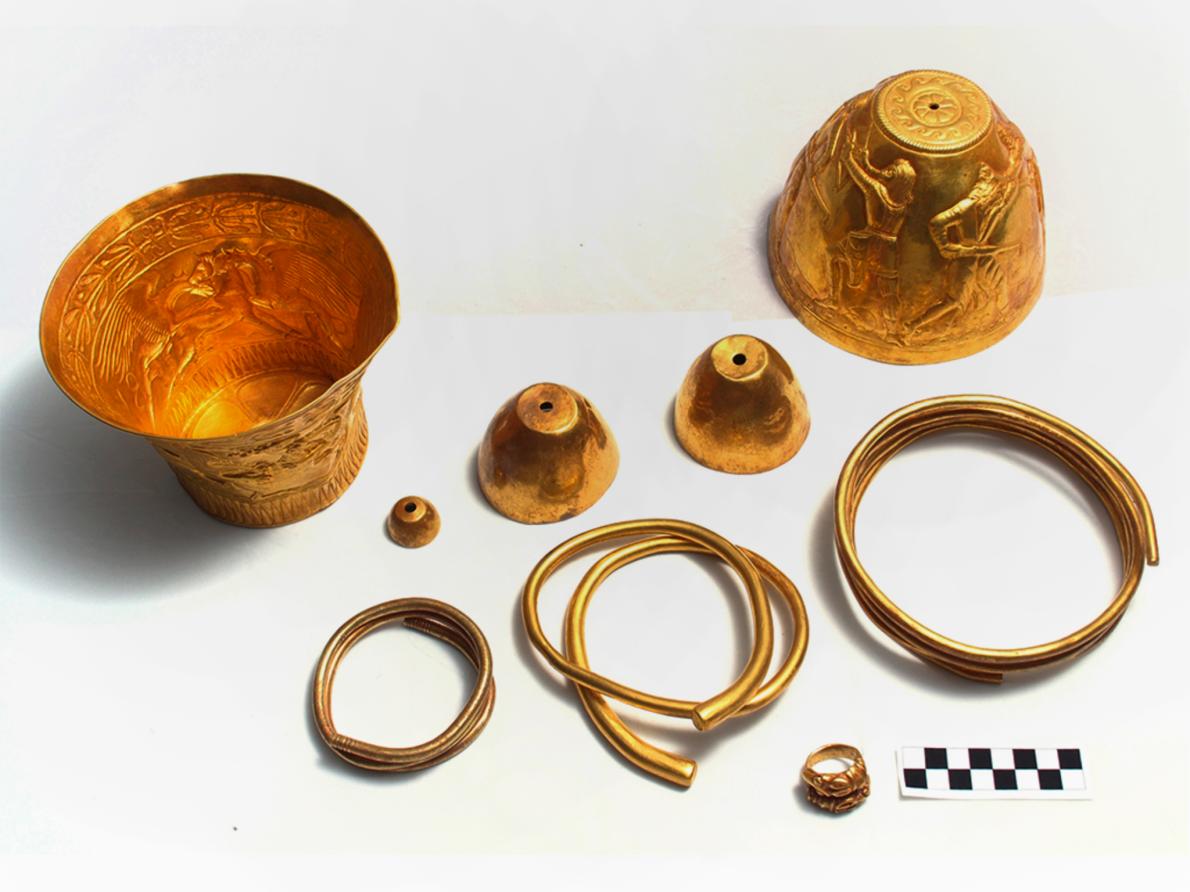
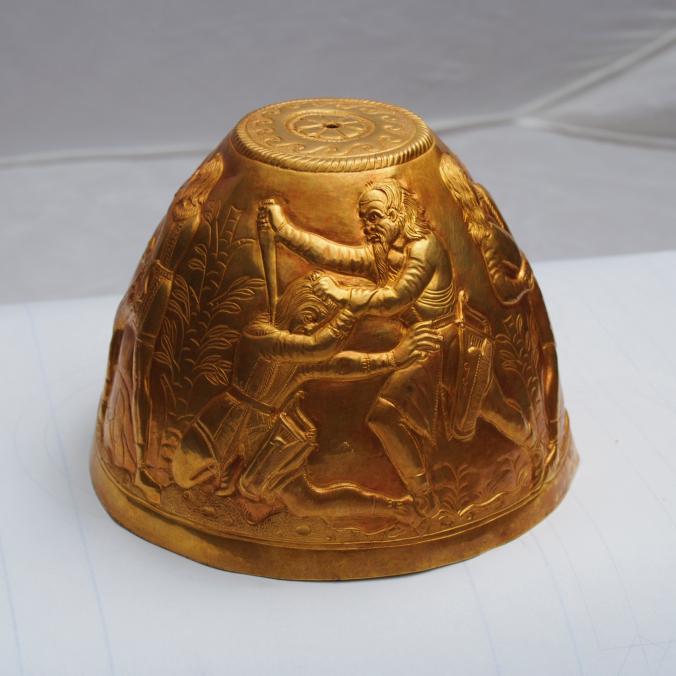
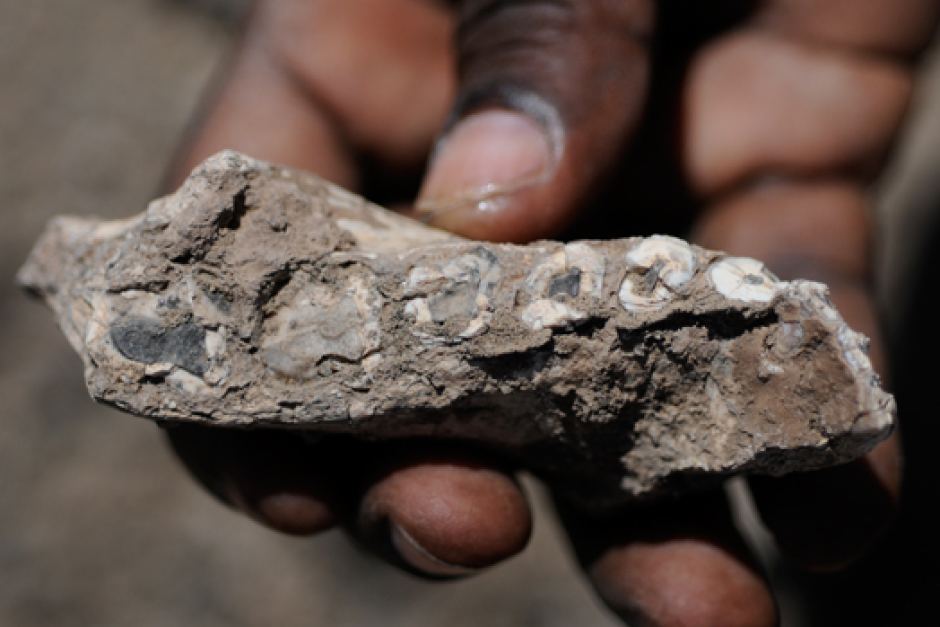
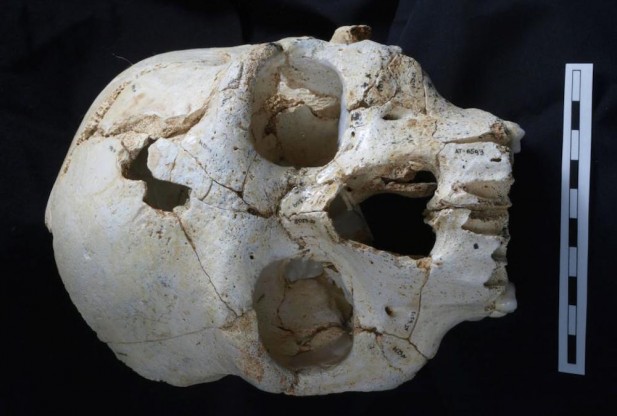

Comment: The TTP and TTIP trade agreements: "A dystopian future in which corporations rather than elected governments call the shots"